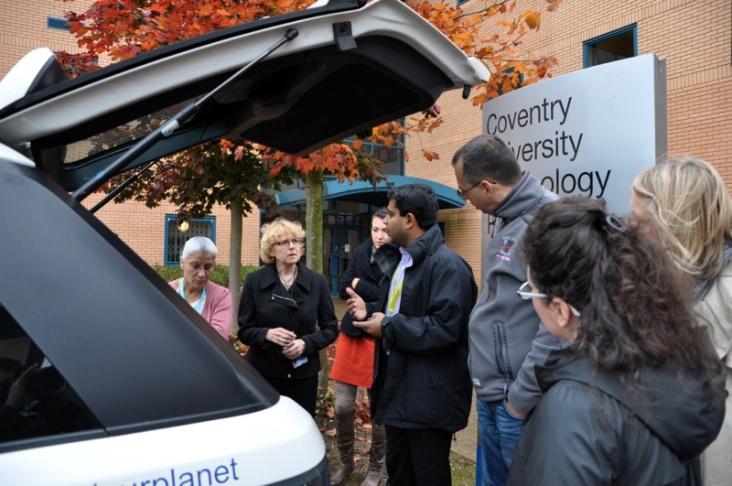Comparing Tools For Hypothesis Driven Living Labs Lynn Coorevits a and Dimitri Schuurman a a
iMinds-MICT-Ugent, Korte Meer 7, Ghent (Belgium)
Abstract Rapid evolving markets and limited time spans create challenges for small and medium sized companies resulting in a growing interest for Living Labs. The latter strengthen the SME’s innovations by allowing an open, multi-disciplinary and stakeholder approach, where potential end-users are confronted with the innovation in real life settings. Over the years different innovation tools and techniques have been developed to improve the interaction between product, businesses and end-users. Yet, little research has been done on their applicability in a Living Lab environment. Therefore this paper will compare two different tools, namely the Value Proposition Canvas and Validation board. Both tools allow for the development and testing of hypothesis by means of experimentation. The tools are closely related to the Living Lab methodology because they suggest ‘getting out there’, testing and iterating accordingly. This study will research the applicability of both tools in Living Lab environment by means of a cross case analysis study. Keywords Living Lab, Lean Start-Up, Validation Board, Value Proposition Canvas, SME 1 Introduction Innovation is a pervasive survival mechanism in growing competitive markets. Initially innovation was about the linear process of invention to diffusion, following a sequential process in time. Companies believed they had to control the generation of their ideas/inventions as well as the sequential phases of production and distribution. The closed, and linear innovation paradigms served their purposes, but had their limitations as well. The focus remained internal, resulting in market failure because there was no customer acceptance (Hines et al. 2004). Companies realised they had to open their business to different stakeholders in order to assure customer acceptance. The open innovation paradigm, suggesting firms can and should use internal and external ideas as well as paths to the market, was born. Open business models enable organizations to be more effective in creating and capturing value. They support value creation by maximizing the potential of internal and external ideas (Chesbrough 2010). Living Labs are a sub movement within the open innovation stream, advocating user insights and their
7














